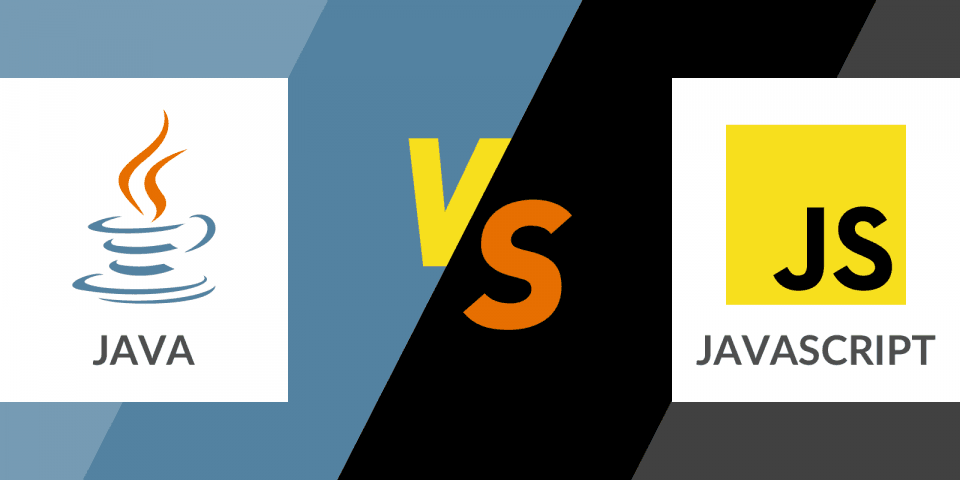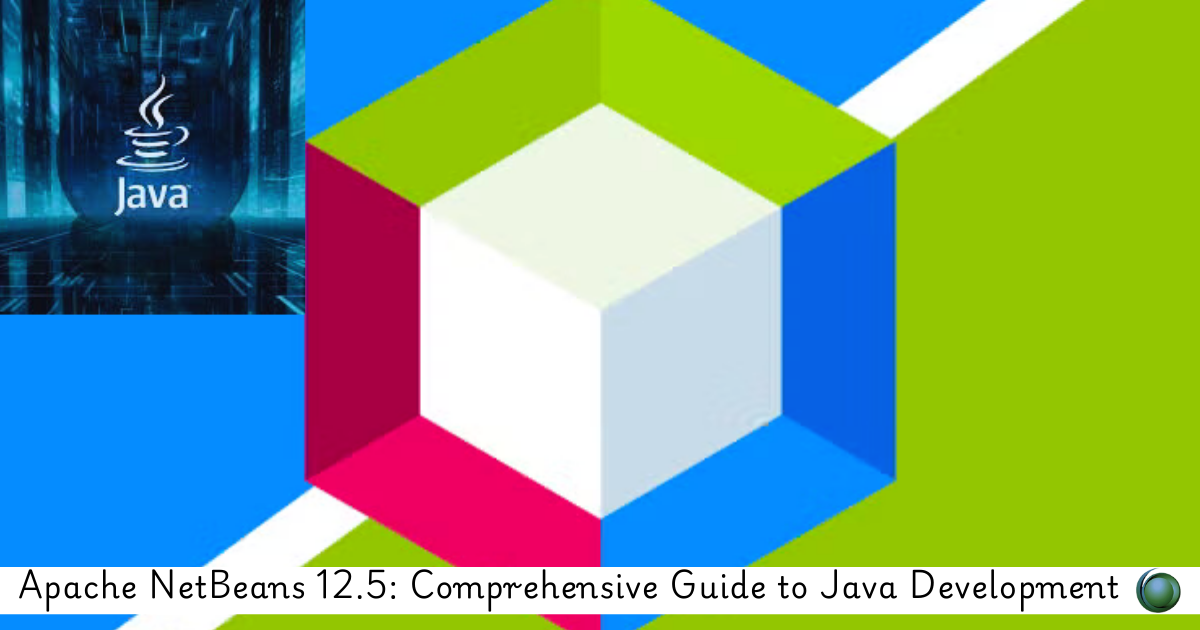Description
Introduction to Java & JavaScript
Java and JavaScript are two of the most popular programming languages used in software development today. Java, a statically typed, object-oriented language, is widely used for building robust backend systems and large-scale applications. It runs on the Java Virtual Machine (JVM), making it platform-independent. JavaScript, on the other hand, is a dynamically typed, prototype-based language primarily used for client-side web development to create interactive and dynamic web pages. While they share similar names and some syntax elements, their applications and ecosystems are quite different, making both essential for full-stack development.
Prerequisites for Learning Java & JavaScript
- Basic Computer Skills: Familiarity with navigating your computer and using basic software applications.
- Understanding of Programming Concepts: Basic knowledge of variables, control structures, and data types can be beneficial.
- Web Development Fundamentals: For JavaScript, a basic understanding of HTML and CSS will enhance your learning experience.
- Willingness to Learn: A desire to explore and experiment with both languages will help you grasp their concepts effectively.
Table of contents
1: Java
1. Introduction to Java
1.1 History
1.2 Java Virtual Machine (JVM)
1.3 Key Features
2. Getting Started
2.1 Installing Java
2.2 Setting up Development Environment
3. Basic Syntax
3.1 Variables and Data Types
3.2 Operators
3.3 Control Flow Statements (if, switch, loops)
4. Object-Oriented Programming (OOP)
4.1 Classes and Objects
4.2 Inheritance
4.3 Polymorphism
4.4 Encapsulation
4.5 Abstraction
5. Exception Handling
5.1 Try, Catch, Finally
5.2 Custom Exceptions
6. Collections Framework
6.1 Lists, Sets, Maps
6.2 Iterators
6.3 Collections API
7. File Handling
7.1 Reading and Writing Files
7.2 File I/O Operations
8. Multithreading
8.1 Thread Creation and Management
8.2 Synchronization
9. JavaFX Basics
9.1 GUI Development
9.2 Event Handling
10. Database Connectivity (JDBC)
10.1 Connecting to Databases
10.2 CRUD Operations
10.3 Java APIs
11. Overview of Java Standard Edition APIs
11.1 Popular Libraries(Ref: Informatica power center and Informatica admin training)
11.2 Introduction to Spring Framework
11.3 Dependency Injection
11.4 Aspect-Oriented Programming (AOP)
11.5 Unit Testing with JUnit
11.6 Writing and Running Tests
2: JavaScript
1. Introduction to JavaScript
1.1 History
1.2 ECMAScript
1.3 Use Cases
2. JavaScript Basics
2.1 Variables and Data Types
2.2 Operators
2.3 Control Flow Statements (if, switch, loops)
3. Functions
3.1 Declaration and Invocation
3.2 Anonymous Functions
3.3 Closures
4. Objects and Prototypes
4.1 Object Creation
4.2 Prototypal Inheritance
5. Arrays
5.1 Array Methods
5.2 Iteration
6. Asynchronous JavaScript
6.1 Callbacks
6.2 Promises
6.3 Async/Await
7. DOM Manipulation
7.1 Selecting Elements
7.2 Modifying Elements
7.3 Event Handling
8. AJAX and Fetch API
8.1 Making HTTP Requests
9. ES6+ Features
9.1 Arrow Functions
9.2 Destructuring
9.3 Template Literals
9.4 Modules
10. Client-Side Frameworks (e.g., React, Angular, Vue)
10.1 Overview
11. Node.js Basics
11.1 Introduction
11.2 Setting up Node.js
12. NPM (Node Package Manager)
12.1 Package Installation
12.2 Managing Dependencies
13. Testing in JavaScript
13.1 Unit Testing
13.2 Testing Libraries (e.g., Jest)
14. JavaScript Build Tools
14.1 Webpack
14.2 Babel
Conclusion
Learning Java and JavaScript equips developers with a powerful toolkit for building modern applications. Java’s robustness in backend development and JavaScript’s versatility in frontend development complement each other, enabling the creation of comprehensive and dynamic web solutions. By mastering both languages, developers can enhance their capabilities and adapt to various project requirements, positioning themselves for success in the ever-evolving tech landscape.
If you are looking for customized info , Please contact us here







Reviews
There are no reviews yet.